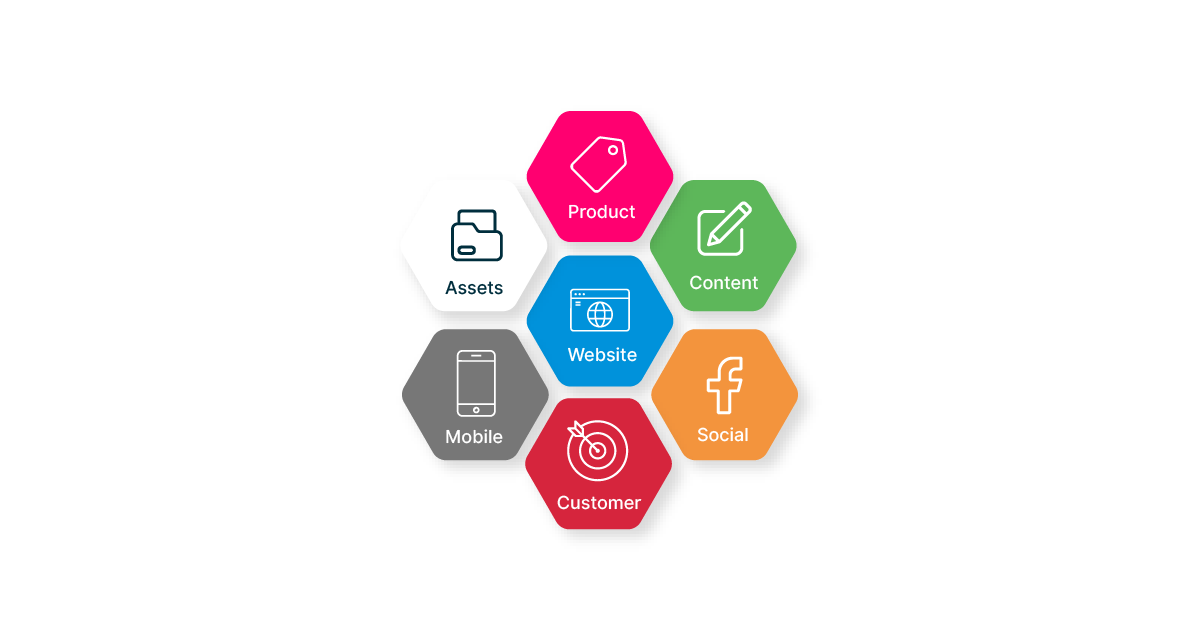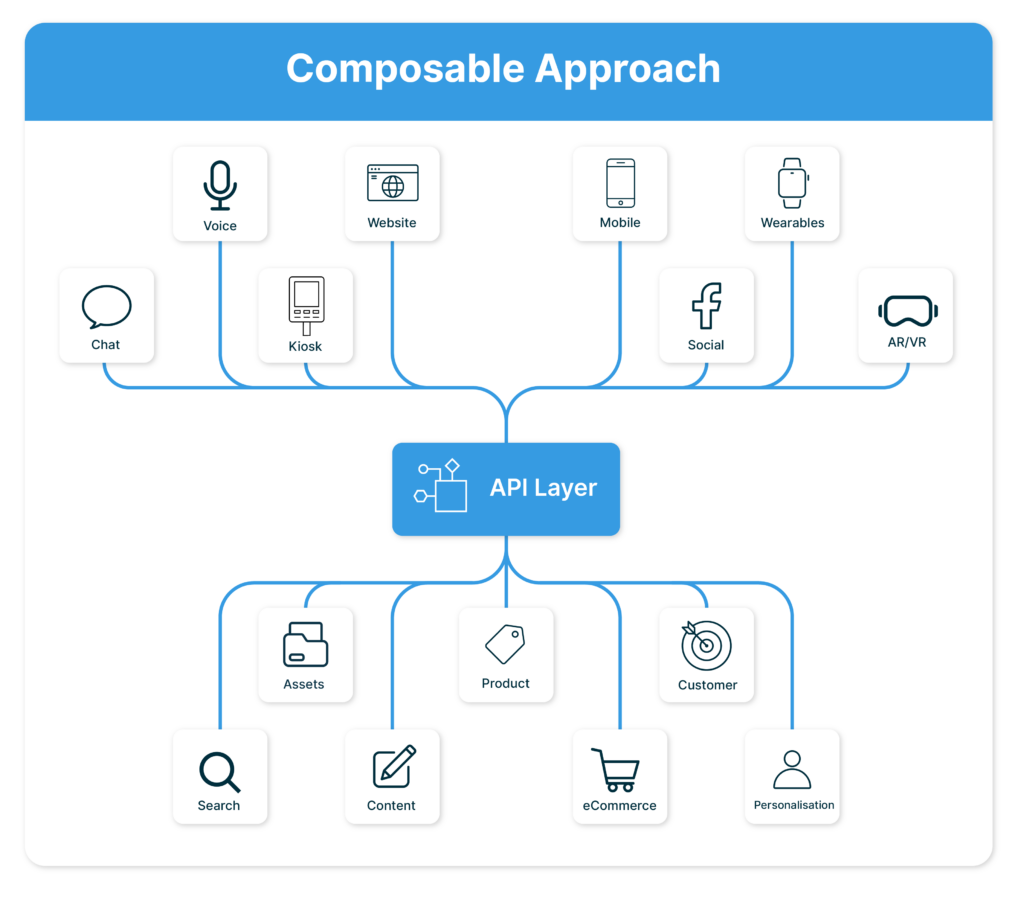
Updated on by Hayley Brown
What is composable commerce?
Composable commerce is an approach to building eCommerce systems where businesses can choose and assemble components to create a customized tech stack. Instead of relying on a single monolithic platform, it leverages best-of-breed components (like CMS, PIM, cart, payments, etc.) that can be independently developed, deployed, and replaced.
Key characteristics:
- API-first
- Cloud-native
- Headless
- Modular (components can be chosen à la carte)
Composable commerce is modular, scalable, and designed for change — and it needs smart integration.

Modularity is Powerful — But Demands Integration
Using modular tools provides flexibility, but it also requires solid connections between APIs. Data needs to move reliably between systems to avoid slowdowns, manual work, and poor customer experiences.
This is where an Embedded iPaaS provides an integration layer. This layer connects chosen services and offers integration capabilities directly inside a platform often with no-code and low code functionality. It handles API calls, authentication, and data flow. As a result, your tools behave like one system without the overhead of building each connection from scratch.
In the context of composable commerce, it allows you to:
- Seamlessly connect services like CMS, PIM, ERP, payment gateways, CRM, etc.
- Orchestrate workflows across different systems
- Normalize and transform data between APIs
- Automate business processes (e.g., inventory sync, order fulfillment)
Why combine them?
There are numerous advantages to combining an embedding iPaaS into a composable commerce stack. Firstly, there will be a faster time-to-value this is because embedded integration platforms have pre-built connectors and templates. These pre-built components accelerate the integration of services.
Secondly, there is reduced burden on developers. This is because iPaaS systems have low code interfaces that empower business users to set up and modify integrations without the need for technical knowledge.
Next, the combination will provide greater agility as components can be quickly swapped in a stack without the need to overhaul integrations. Users will also benefit from improved data flows as real-time, bidirectional data is synced between systems. Resulting in a smoother customer experience. Finally, there will be overall operational efficiency as automated workflows reduce manual effort and errors (e.g., syncing product info between PIM and storefront).
Example Composable Commerce and Embedded iPaaS Use Case
Let’s explore one example of this combination. For instance, a retailer is using the following applications in their tech stack:
- Contentful for CMS
- BigCommerce for storefront
- Akeneo for PIM
- Salesforce for CRM
- NetSuite for ERP
By combining their composable commerce with an embedded iPaaS they can develop automated workflows that:
- Sync product updates from Akeneo to BigCommerce
- Push order data from BigCommerce to NetSuite
- Update customer records in Salesforce based on purchase behavior
- Trigger marketing workflows from CMS events
Benefits of the Combination
There are a number of benefits to this pairing, firstly, seamless data synchronisation. Embedded iPaaS allows businesses to automate the flow of updating product details across your storefront, inventory system, and marketing tools. This helps reduce errors and delays so your customer experience stays aligned and consistent.
Another benefit is the automation of customer journeys. From the moment a customer places an order, an embedded iPaaS can trigger tasks across fulfilment, CRM, email, and support tools. This creates a smooth, automated customer experience with no missed steps or the need of manual updates.
Next, reusable workflows mean faster and smoother client onboarding, and switching out tools doesn’t require reengineering. Embedded iPaaS helps you adapt and scale quickly, whether you’re adding a new region, feature, or tool.
Finally, composable commerce evolves as the business grows and provides a future-proof stack. An embedded iPaaS helps businesses scale faster by reducing tech debt, supporting modular thinking, and keeping the commerce engine agile as the market shifts.
Flexibility without Friction
Composable commerce works best when everything connects. An embedded iPaaS helps you scale faster, smarter, and with less friction. When the right tools are chosen an Embedded iPaaS makes those tools work together smoothly and securely.
Want to see how an embedded iPaaS can power your composable commerce? Get in touch with our expert team.



